Let's Talk Fabrics - Washi
- Prologue HK
- Aug 21, 2024
- 1 min read
Updated: Aug 23, 2024
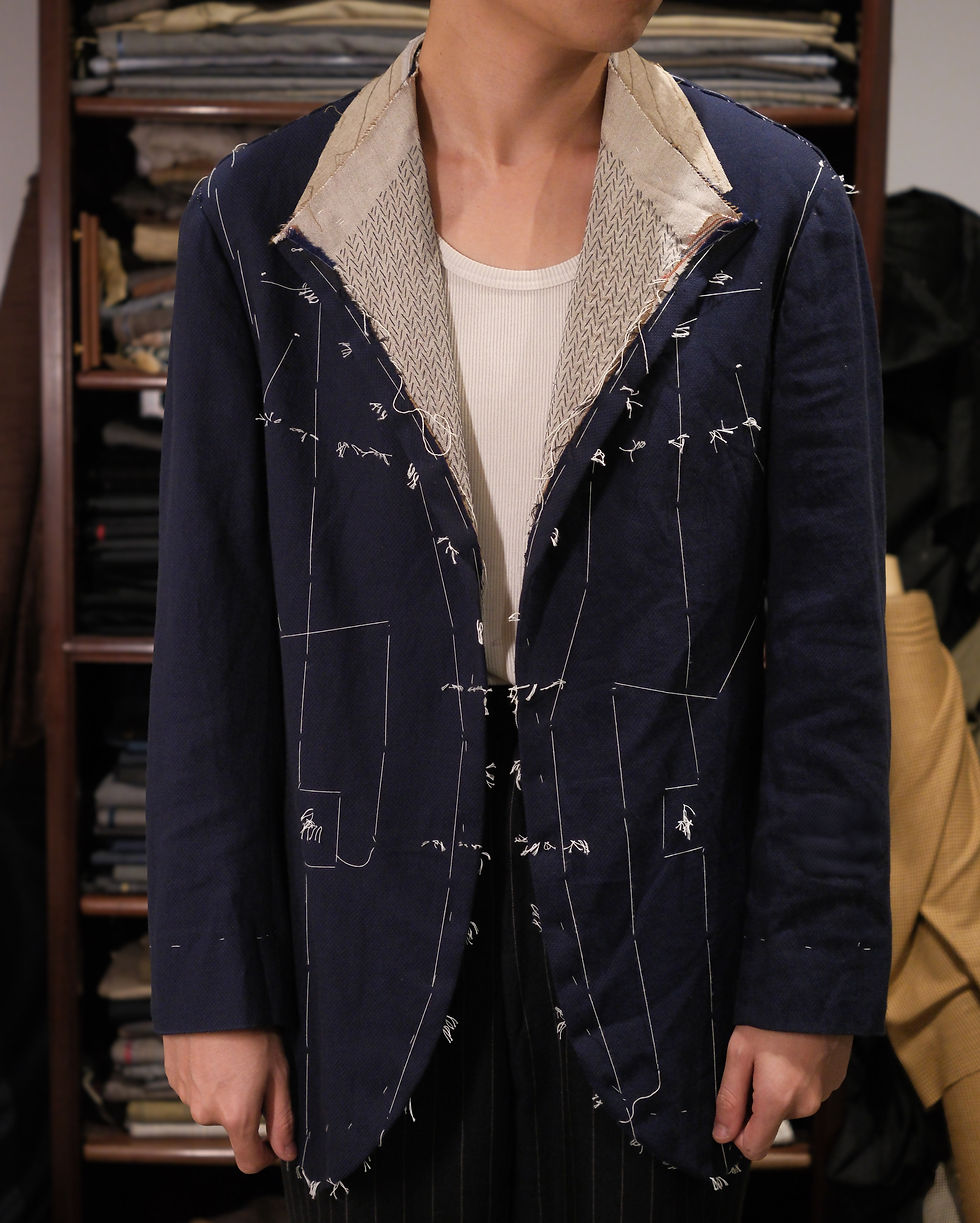
In our constant pursuit of the innovative and interesting, Prologue stumbled upon a textile with a history spanning millennia that has yet remained untapped in tailoring. That remarkable material is washi, the traditional Japanese handmade paper known for its profound cultural significance in calligraphy, religious rites, and architecture.
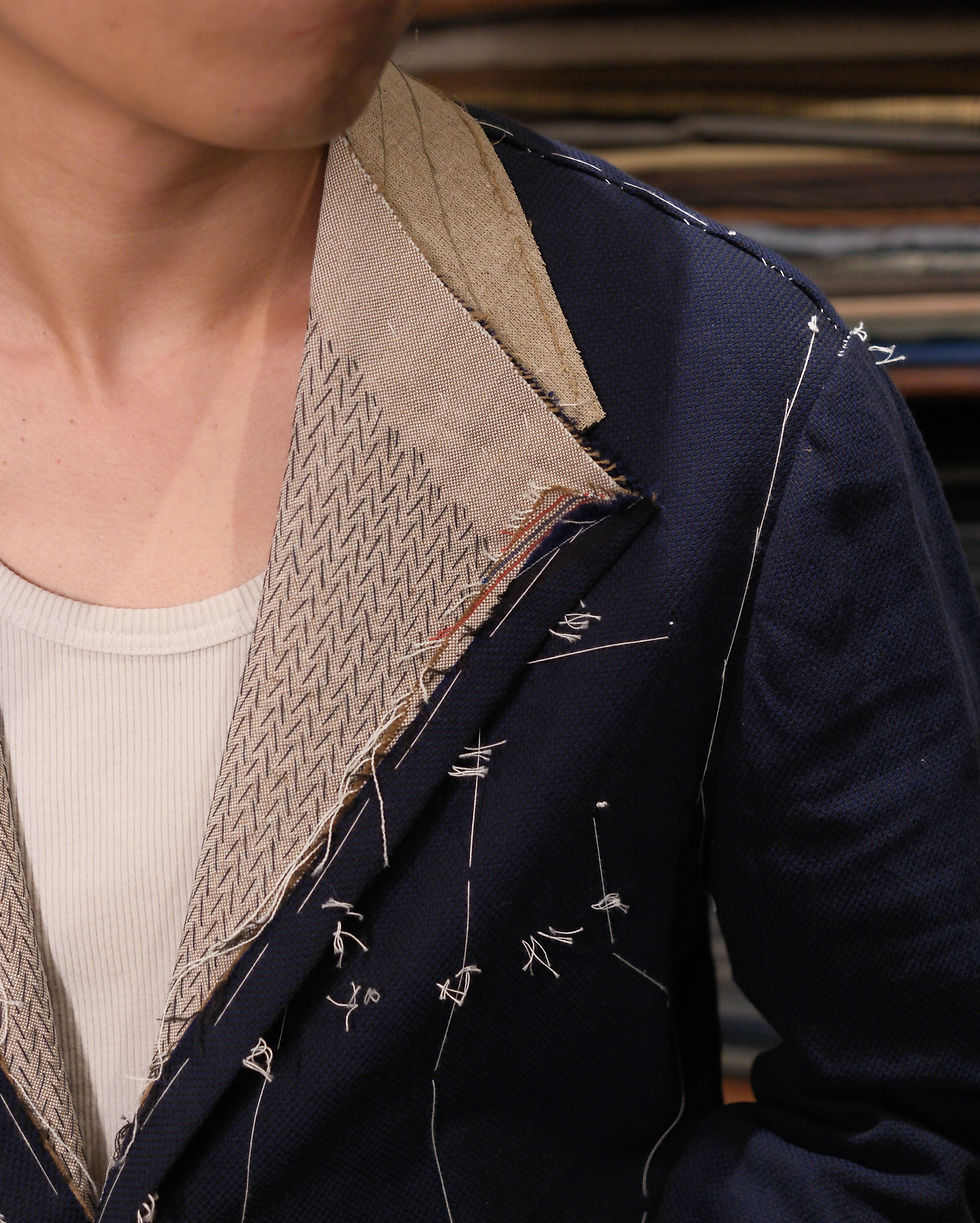
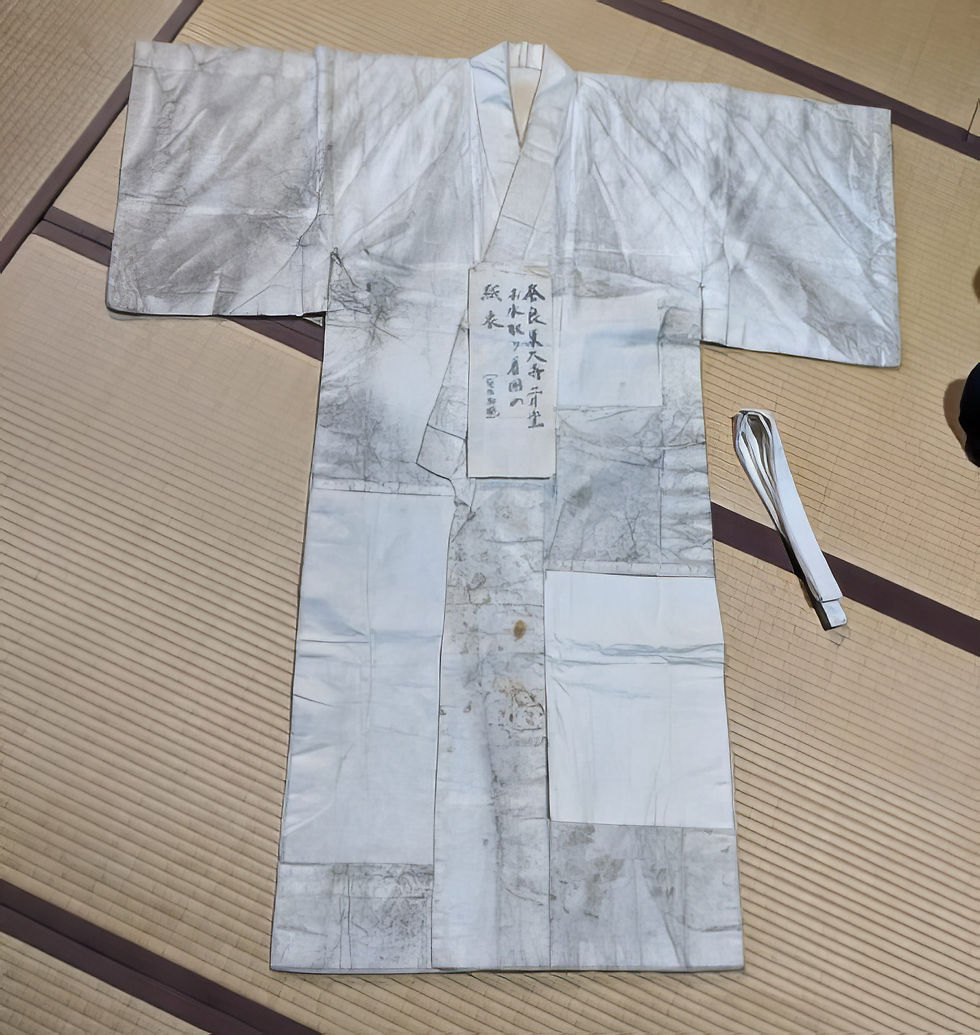


Mulberry Trees – origins of washi

Crafted originally from the inner bark of the mulberry tree (kozo) and other plant fibres, washi is biodegradable, significantly reducing its environmental impact often associated with conventional textiles that aligns perfectly with global sustainability efforts. Despite its delicate appearance, light weight and thinness, washi surprises with its durability and remarkable performance features. It naturally absorbs moisture, effectively wicks away pollutants, bacteria and odours, and offers excellent breathability. Moreover, it resists wrinkling and dries quickly, ensuring extended comfort and convenience for its wearer.
Like us, you may be wondering how a seemingly rigid and stiff material like paper could possibly be integrated into contemporary clothing. Thanks to advancements in modern technology, the process begins by delicately cutting washi sheets into thin tapes with great care not to tear them.


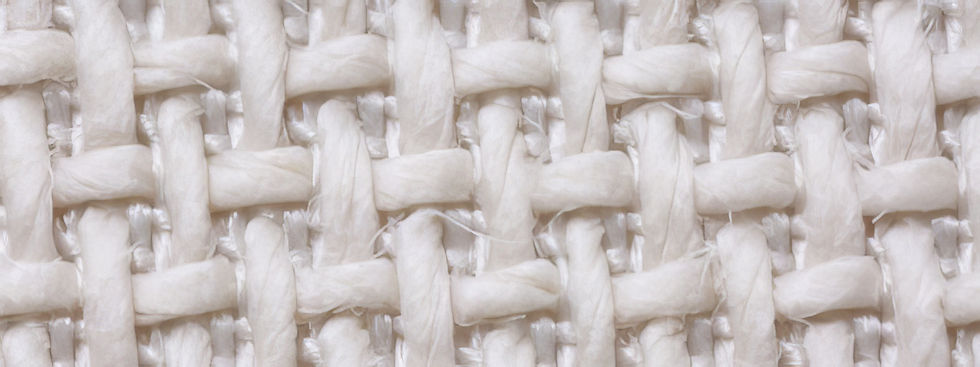

These tapes are then spun into yarn, which is blended with cotton to create a unique and resilient fabric that preserves the distinct qualities of washi. Today, Prologue is proud to offer this extraordinary fabric for your commissions and enjoyment.
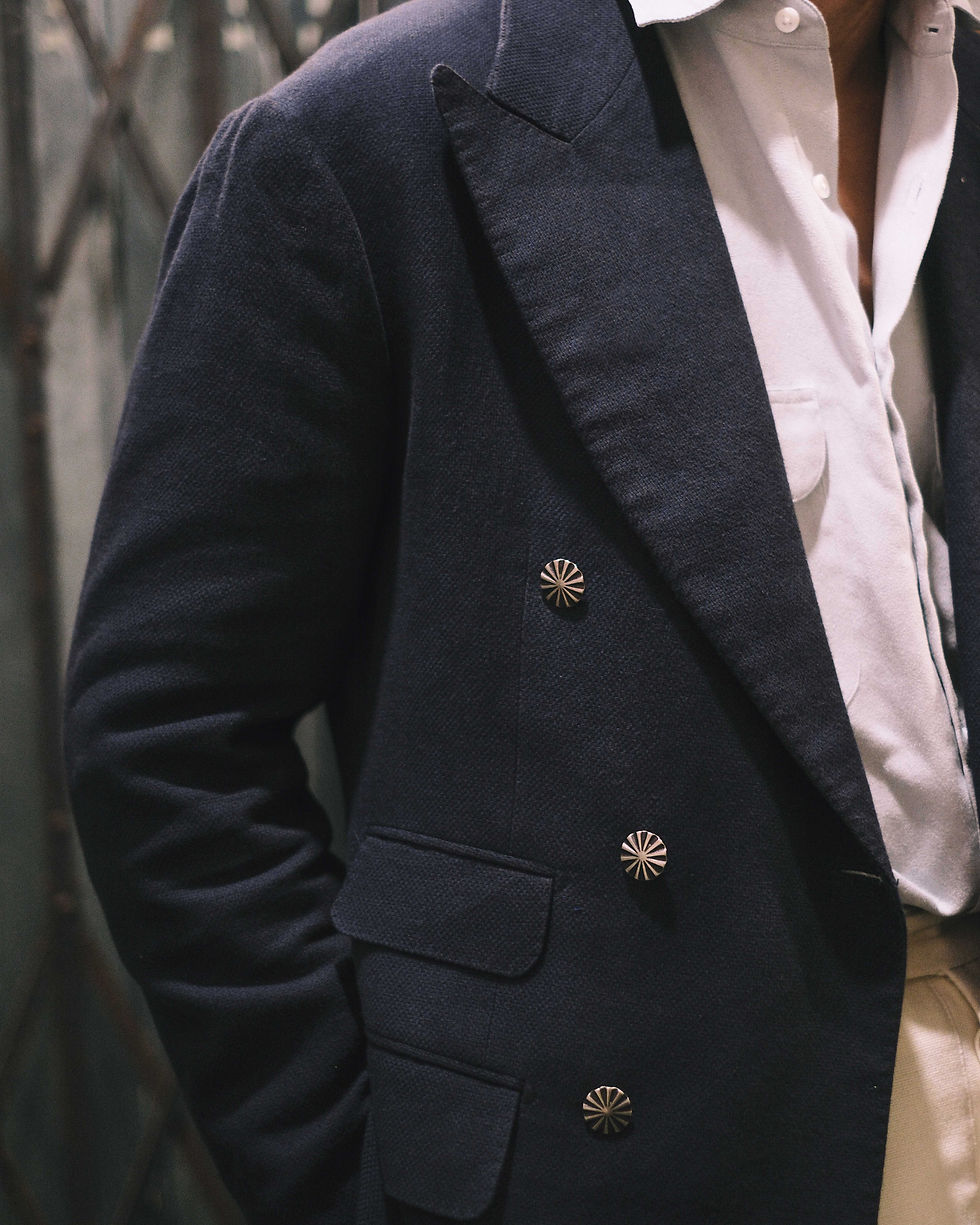



What a fantastic article! I really enjoyed reading it. A true Burberry trench is an investment piece, but its style is eternal. This coat is a staple for any serious wardrobe. I was so pleased to discover a more accessible version that captures the same elegance. The Melania Trump Burberry Trench Coat available at Vanson Jackets makes this iconic, high-fashion look attainable for more people.
If you admire Rip’s on-screen toughness, the Cole Hauser Clothing line gives you a chance to dress just like him. From versatile jackets to everyday cowboy wear, each item reflects his rugged character. Explore the entire Rip Wheeler Outfit collection for authentic Yellowstone-inspired fashion designed for true fans of the show.
En préparant ma valise pour les vacances, je voulais absolument y glisser un pyjama court homme confortable. C’est à ce moment-là que je suis tombé sur le lien suivant : https://mariner-underwear.com/collections/pyjama-court-homme pyjama court homme. Le site m’a tout de suite inspiré confiance par son ergonomie et la clarté des fiches produit. J’ai reçu ma commande rapidement, et le produit correspondait parfaitement à la description : doux, bien coupé et idéal pour les nuits chaudes. Une belle découverte que je recommande à ceux qui cherchent un bon compromis entre esthétique et confort.